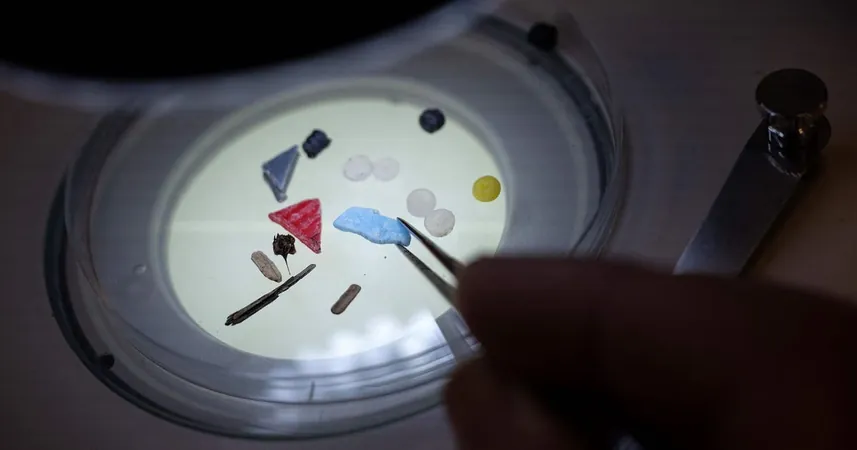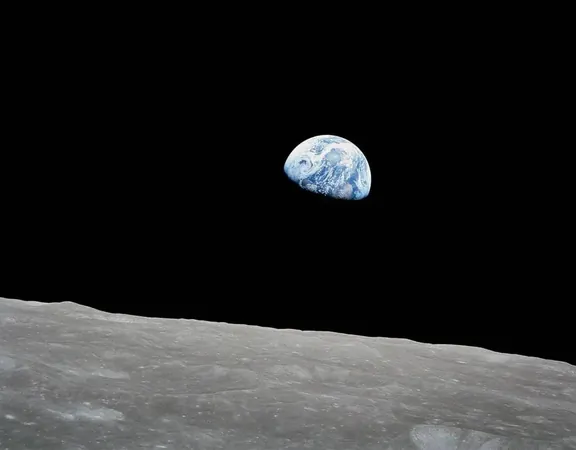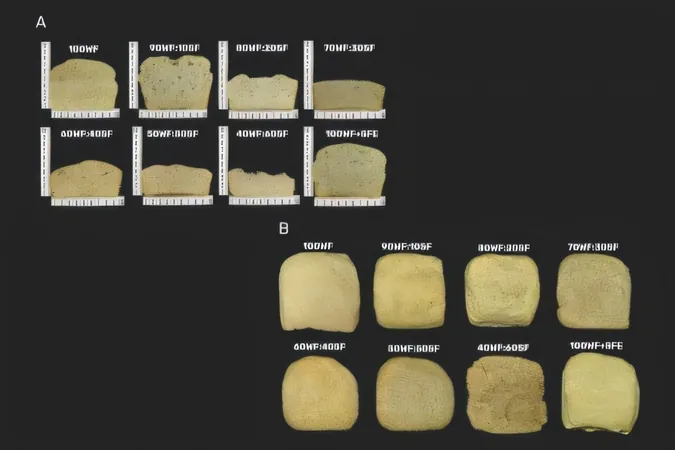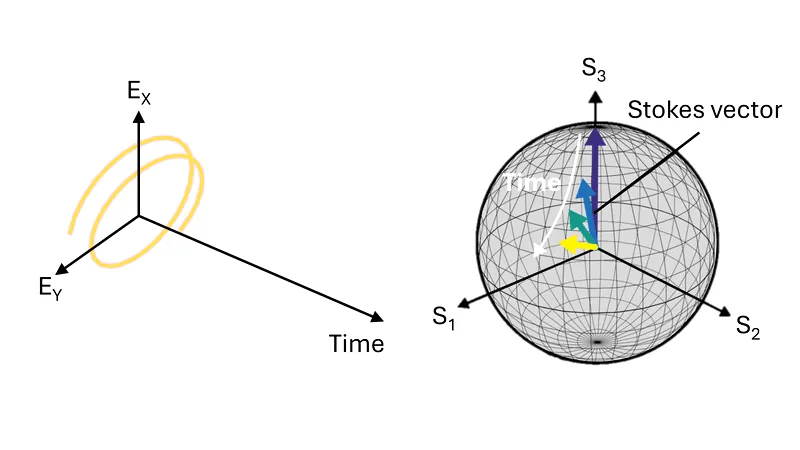
The Surprising Science Behind Your Clap: What You Didn't Know
2025-06-01
Author: Amelia
Clapping: More Than Just a Gesture
Across cultures, clapping is a universal expression of joy, applause, and solidarity. But a recent study reveals that this common action holds hidden scientific secrets that will astonish you!
Unlocking the Physics of Clapping
In a groundbreaking paper published in *Physical Review Research*, researchers from Cornell University and the University of Mississippi have gone beyond the surface, exploring the complex mechanics of how clapping creates sound.
Co-author Likun Zhang, a physics professor, stated, "This study uniquely combines experimental and theoretical approaches, shedding light on a seemingly simple yet underestimated phenomenon."
The Surprising Source of Clap Sounds
You might think that clapping noise comes from hands colliding, but the truth is more fascinating. The primary sound is actually generated by a pocket of air trapped between your palms, which escapes and vibrates as it does.
Lead author Yicong Fu emphasizes, "We often don’t reflect on how we clap. Our aim is to deepen this understanding and unveil the intricacies behind such a common act."
Hands as Natural Musical Instruments
It turns out, our hands function similarly to musical instruments! The air compression between palms resembles a Helmholtz resonator, much like the sound created when blowing across a bottle.
The researchers investigated various hand shapes and materials to see how these factors influence sound. Their findings revealed that larger cavities yield lower sounds, while stiffer, smaller openings produce higher pitches.
Material and Motion Matter
Traditional resonators have rigid structures that preserve sound, but our soft-skinned hands generate sharp, fleeting sounds. Zhang notes, "Unlike glass bottles, our hands absorb energy quickly, leading to rapid sound decay within milliseconds."
The Role of Finger Grooves
Interestingly, some claps emit dual tones. This higher tone stems from grooves in your fingers acting like miniature flutes, enhancing the complexity of each clap.
Could Your Clap Be Used for Identification?
Each person’s clap carries a unique fingerprint of sound. Guoqin Liu, a graduate researcher, suggests that this could be harnessed for biometric identification, allowing us to recognize individuals through their clap alone.
Significance of the Research
This study transcends music and performance, opening doors to applications in acoustics, identity verification, and even language learning!
Liu summarizes, "Clapping is an everyday action that varies from person to person, reflecting diverse frequencies and resonance. Understanding its science adds a new layer to our appreciation of this simple act."
So the next time you find yourself applauding, remember: that clap is not just noise—it's a symphony of science at play!









 Brasil (PT)
Brasil (PT)
 Canada (EN)
Canada (EN)
 Chile (ES)
Chile (ES)
 Česko (CS)
Česko (CS)
 대한민국 (KO)
대한민국 (KO)
 España (ES)
España (ES)
 France (FR)
France (FR)
 Hong Kong (EN)
Hong Kong (EN)
 Italia (IT)
Italia (IT)
 日本 (JA)
日本 (JA)
 Magyarország (HU)
Magyarország (HU)
 Norge (NO)
Norge (NO)
 Polska (PL)
Polska (PL)
 Schweiz (DE)
Schweiz (DE)
 Singapore (EN)
Singapore (EN)
 Sverige (SV)
Sverige (SV)
 Suomi (FI)
Suomi (FI)
 Türkiye (TR)
Türkiye (TR)
 الإمارات العربية المتحدة (AR)
الإمارات العربية المتحدة (AR)